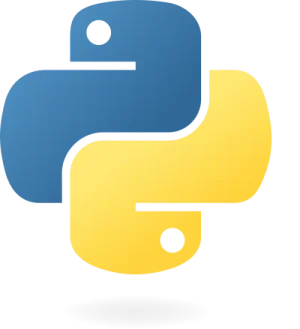Looping Through Dictionaries in Python
In Python, dictionaries are powerful data structures that store data in key-value pairs. When working with dictionaries, you often need to loop through the data to perform various operations. Python provides several ways to loop through a dictionary, each with its own unique use case.
Looping Through Dictionary Keys
The most straightforward way to loop through a dictionary is by using a for loop. By default, looping through a dictionary returns its keys. This is useful when you only need to work with the keys.
for key in my_dict:
print(key)
In this example, each key in my_dict is printed one by one.
Accessing Values in a Dictionary
While looping through the keys is useful, there are times when you need to access the corresponding values. You can do this by referencing the dictionary with the key inside the loop:
for key in my_dict:
print(my_dict[key])
Here, the loop prints out each value associated with the keys in my_dict.
Using the values() Method
If you’re only interested in the values and don’t need the keys, Python provides a cleaner way to loop through the values directly using the values() method:
for value in my_dict.values():
print(value)
This method is particularly handy when the keys are not necessary for the operation you’re performing.
Retrieving Only the Keys with keys()
Similarly, if you explicitly want to retrieve the keys, you can use the keys() method. Although this might seem redundant, it can make your code more readable, especially in more complex scenarios:
for key in my_dict.keys():
print(key)
Using the keys() method makes it clear that the focus of the loop is on the dictionary’s keys.
Looping Through Both Keys and Values
Sometimes, you need to access both the keys and their corresponding values simultaneously. Python’s items() method allows you to do just that:
for key, value in my_dict.items():
print(key, value)
This approach is extremely useful when you need to perform operations that require both the key and the value, such as printing them side by side or applying a transformation to the data.
Example: Analyzing a Dictionary of Cities
Let’s consider an example where you have a dictionary storing the population of different cities. You can use the looping techniques discussed above to analyze or display this data:
cities_population = {
'New York': 8419000,
'Los Angeles': 3980000,
'Chicago': 2716000,
'Houston': 2328000
}
# Print all city names
for city in cities_population:
print(city)
# Print all population values
for population in cities_population.values():
print(population)
# Print both city names and their populations
for city, population in cities_population.items():
print(f"{city}: {population}")
In this example, you can see how easily you can loop through the dictionary to work with either just the keys, just the values, or both simultaneously.
By mastering these techniques, you’ll be well-equipped to handle any scenario that involves looping through dictionaries in Python.
